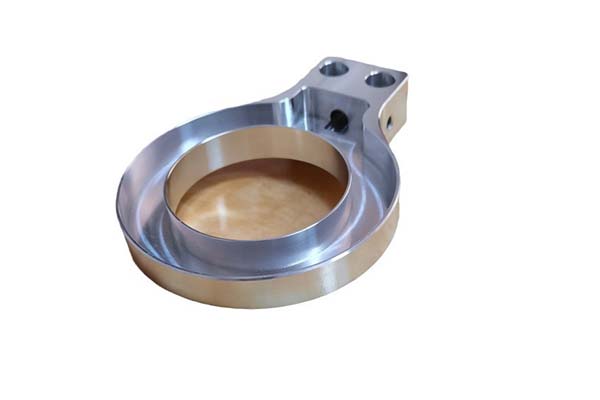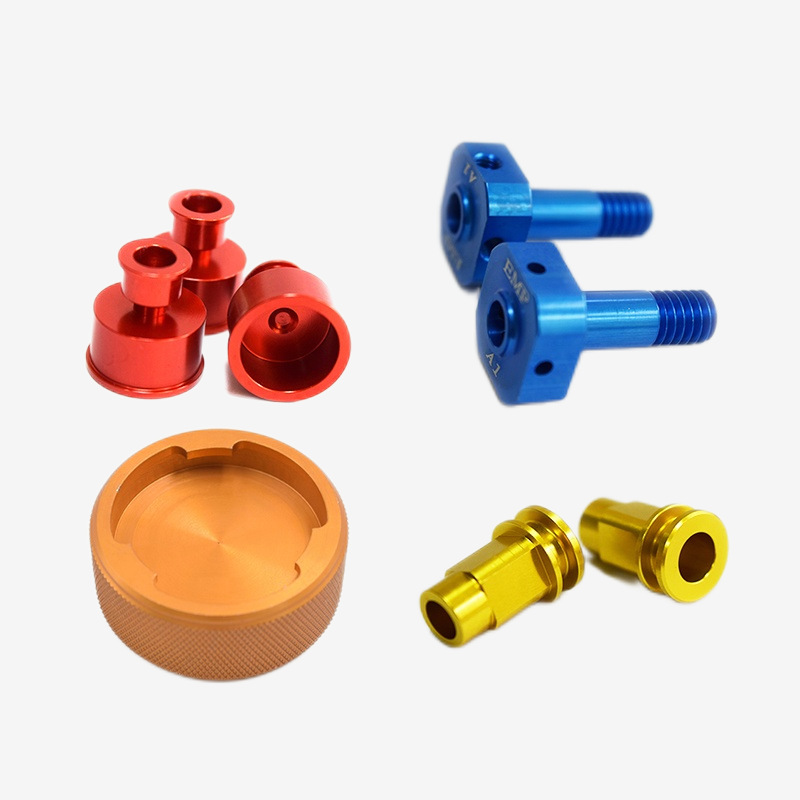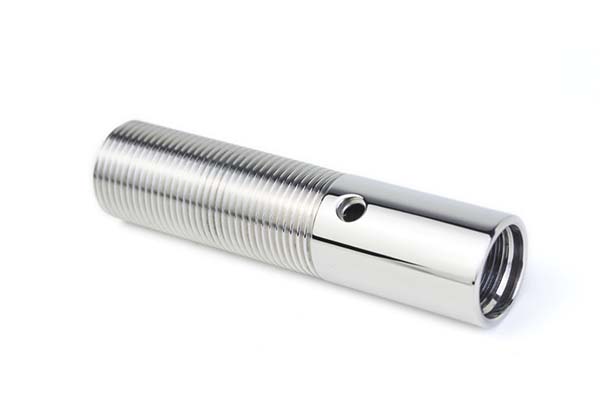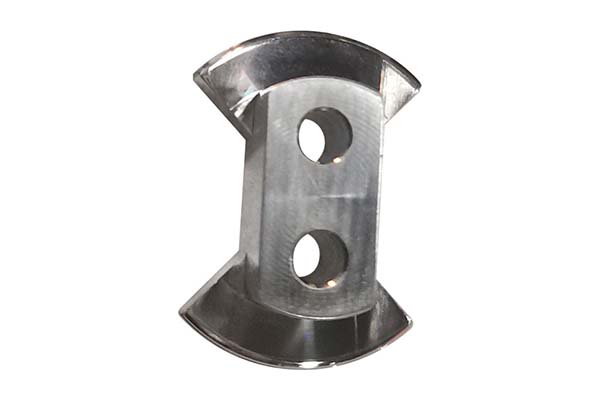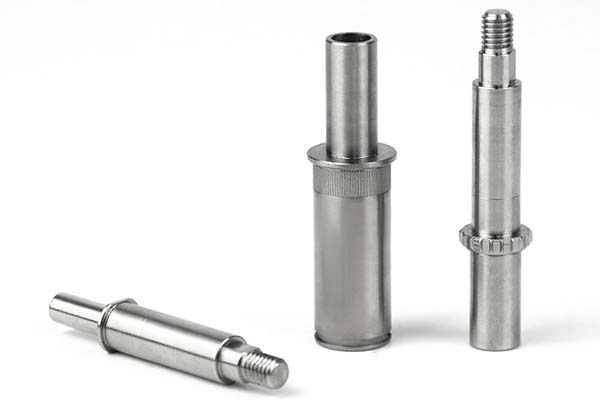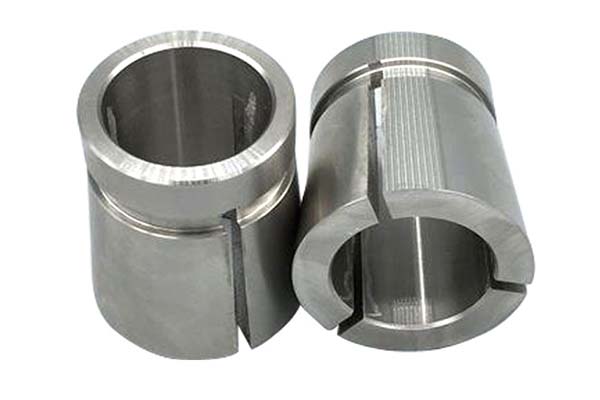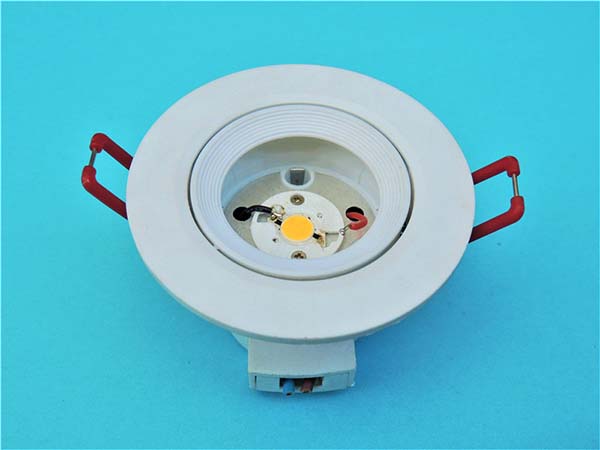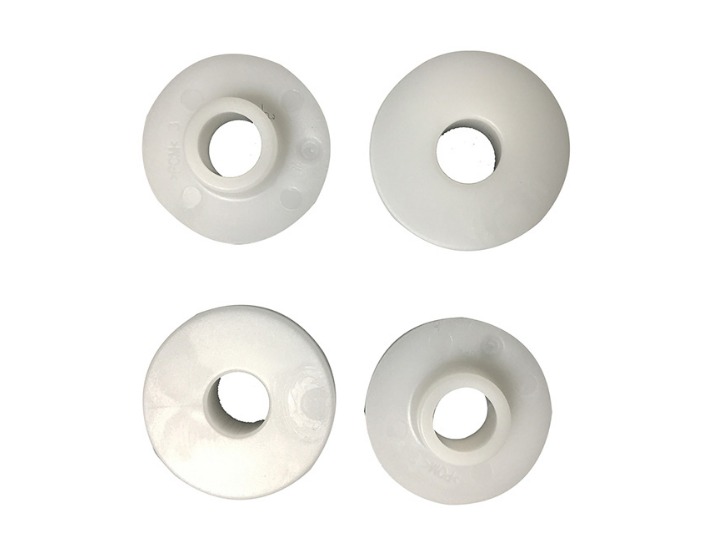Manufacturers across industries face a common challenge: finding a material that balances strength, corrosion resistance, and machinability while meeting tight tolerances. When it comes to CNC machining AL5086 H116/H321, these challenges multiply—from selecting the right temper to optimizing cutting parameters, every decision impacts final part quality. This guide breaks down the critical factors of AL5086 aluminum alloy machining, helping you avoid costly mistakes and achieve consistent results.
Understanding AL5086 Aluminum Alloy: Why It Stands Out
Material and Alloy Characteristics
AL5086 aluminum alloy is a magnesium-based wrought alloy renowned for its exceptional balance of properties, making it a top choice for demanding applications. Let’s dive into its key characteristics:
- Alloy composition: Primarily aluminum (95-97%), with magnesium (3.5-4.5%) as the main alloying element, plus small amounts of manganese (0.4-0.8%) and chromium (0.05-0.25%). This blend enhances strength without sacrificing ductility.
- Mechanical properties:
- Tensile strength: 310 MPa (H116) and 330 MPa (H321)
- Yield strength: 220 MPa (H116) and 280 MPa (H321)
- Hardness: 65 HB (H116) and 70 HB (H321)
- Corrosion resistance: Excellent, especially in marine and industrial environments, thanks to its magnesium content and natural oxide layer.
- Fatigue resistance: Superior to many alloys, with an endurance limit of ~110 MPa under cyclic loading.
- Thermal conductivity: 110 W/(m·K), ensuring efficient heat dissipation.
- Density: 2.66 g/cm³, 30% lighter than steel, ideal for weight-sensitive designs.
- Weldability and formability: Good, though H321’s higher strength requires careful heat control during welding.
The table below compares H116 and H321 tempers across key metrics:
| Property | H116 Temper | H321 Temper |
| Tensile strength | 310 MPa | 330 MPa |
| Yield strength | 220 MPa | 280 MPa |
| Hardness | 65 HB | 70 HB |
| Ductility (% elongation) | 12% | 10% |
| Typical use case | Marine structures | High-stress parts |
Mastering CNC Machining Processes for AL5086
Key Machining Techniques
CNC milling, CNC turning, and CNC drilling are the workhorses of AL5086 processing, but success depends on matching tools and parameters to the alloy’s behavior.
- Cutting tools: Carbide end mills and drills outperform high-speed steel (HSS) here. Ceramic tools work for high-volume runs but require rigid setups to avoid chipping.
- Machining parameters:
- Cutting speed: 150-300 m/min (carbide tools)
- Feed rate: 0.1-0.3 mm/rev
- Depth of cut: 1-5 mm (depending on tool diameter)
- Surface finish: Achievable Ra values as low as 0.8 μm with proper toolpaths and coolant use.
- Machining tolerances: ±0.01 mm is feasible with high-precision machines, though H321 may require tighter control due to higher hardness.
Overcoming Machinability Challenges
AL5086 aluminum alloy has good machinability, but its ductility can cause chip control issues. Solutions include:
- Using chip breakers on tools
- Applying high-pressure coolant (100-300 bar)
- Optimizing feed rates to promote short, brittle chips
Tool wear is another concern. Carbide tools typically last 30-50% longer than HSS when machining H321, offsetting their higher upfront cost.
Heat Treatment and Temper Conditions: H116 vs. H321
What Sets H116 and H321 Apart?
H116 temper is a stabilized condition achieved through strain-hardening and low-temperature annealing. It’s designed for maximum corrosion resistance in thick sections (>6 mm), making it ideal for marine applications.
H321 temper, on the other hand, involves strain-hardening followed by partial annealing (315-345°C). This process boosts tensile strength and yield strength by 6-10% compared to H116, though it slightly reduces ductility.
Post-Machining Heat Treatment
Parts machined from H116 or H321 may require stress relief annealing (120-180°C for 1-2 hours) to reduce residual stress and prevent distortion. Avoid temperatures above 200°C for H321, as this can soften the material.
Applications and Industries: Where AL5086 Shines
AL5086 aluminum alloy’s versatility makes it a staple in:
- Marine applications: Boat hulls, decking, and fittings (H116’s corrosion resistance is critical here).
- Automotive components: Suspension parts, fuel tanks, and heat shields.
- Aerospace parts: Interior structures and non-critical airframe components.
- Industrial equipment: Chemical processing tanks and pressure vessels.
- Consumer electronics: Laptop frames and heat sinks (thanks to thermal conductivity).
In the marine sector alone, AL5086 reduces maintenance costs by 20-30% compared to carbon steel due to its corrosion resistance.
Quality and Performance Metrics: Ensuring Reliability
Critical Quality Checks
- Dimensional accuracy: Verified via CMM (Coordinate Measuring Machine) inspections.
- Surface integrity: Assessed using profilometers and visual checks for cracks or burrs.
- Corrosion testing: Salt spray tests (ASTM B117) show H116 resists white rust for >1000 hours.
- Non-destructive testing (NDT): Ultrasonic testing detects subsurface defects, while dye penetrant testing identifies surface cracks.
Adhering to Standards
Compliance with quality standards like ISO 9001, ASTM B209 (aluminum sheet/plate), and ASME Y14.5 (dimensioning) ensures parts meet global requirements.
Yigu Technology’s Perspective
At Yigu Technology, we’ve machined thousands of AL5086 H116/H321 components for industries ranging from marine to aerospace. Our experience shows that pairing H116 with carbide tools and high-pressure coolant delivers optimal results for corrosion-critical parts, while H321 excels in high-strength applications when using rigid machining setups. We prioritize quality control at every step, from material certification to final inspection, ensuring your parts meet even the tightest specifications.
FAQ
- What’s the main difference between H116 and H321 tempers?
H116 offers better corrosion resistance and ductility, while H321 provides higher tensile strength and yield strength.
- Can AL5086 be welded after CNC machining?
Yes, but H321 requires pre-heating (100-150°C) to prevent cracking, and post-weld annealing may be needed to restore mechanical properties.
- What’s the maximum part size achievable with CNC machining AL5086?
With large-format CNC mills, parts up to 3000 x 1500 x 500 mm can be machined, though tolerance control becomes more challenging for larger components.
